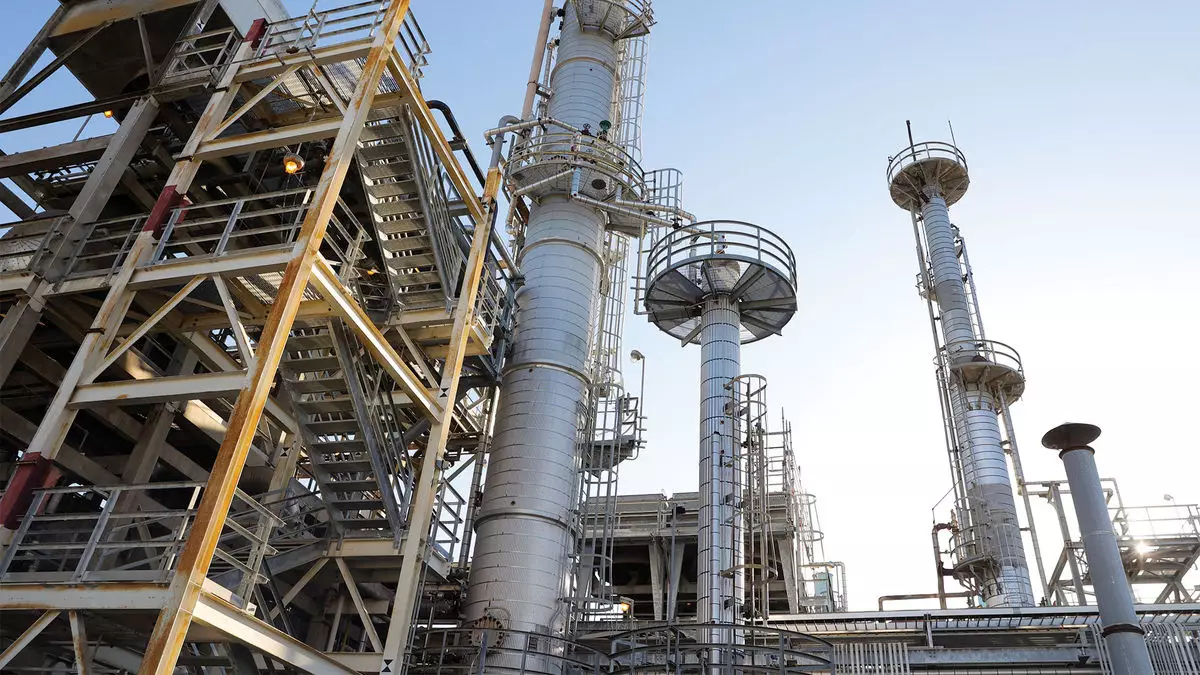The landscape of sustainable aviation fuel (SAF) production in the United States is marked by dramatic shifts in policy, funding, and industry dynamics. While significant growth was achieved in the past few years, largely due to government incentives under the Biden administration, the recent political shift towards a Trump-led administration raises concerns over the sustainability of this momentum. The volatile environment around SAF production necessitates an in-depth analysis of the emerging complexities and future ramifications for the aviation industry.
Domestic SAF production has surged dramatically, partly due to substantial financial incentives aimed at increasing the adoption of eco-friendly alternatives to conventional jet fuel. In 2023 alone, U.S. facilities produced a notable 38.7 million gallons of SAF, a stark increase from previous years. Forecasts from the Department of Agriculture and the University of Illinois estimate that production capacity could reach nearly 800 million gallons this year, driven in part by new initiatives from major industry players like Phillips 66 and Valero.
However, despite these promising figures, there remains a cloud of uncertainty looming over the future of SAF production. With ambitious targets set by the Biden administration to produce 3 billion gallons of SAF annually by 2030—equating to 10% of U.S. aviation fuel consumption—the recent political changes cast doubt on whether these goals can be achieved. Commentary from industry analysts suggests that early indications of a hardline approach towards sustainability initiatives from the incoming Trump administration could stall progress.
Economic incentives have played a crucial role in driving the production and adoption of SAF. The Inflation Reduction Act, for instance, established a tax credit system that significantly boosted demand by providing financial benefits to purchasers of SAF. These credits, which offered tax deductions between $1.25 to $1.75 per gallon depending on the emissions reductions applicable, were pivotal in encouraging airlines to choose SAF over conventional fuel options, despite its price premium.
Nonetheless, this program is set to expire at the end of 2024, with a new tax credit program planned to take its place. This new structure proposes a sliding scale of credits ranging from 1 cent to $1.75 per gallon for producers until 2027. However, the regulatory framework necessary for implementation has been subject to a 60-day freeze, creating additional uncertainty. Industry stakeholders express concerns about the Trump administration’s willingness to finalize these regulations, inflating the unpredictability surrounding the future of SAF production.
The delays in finalizing SAF-related regulations could have far-reaching implications for the industry. Given the importance of tax incentives in spurring demand, energy companies may adjust their production plans based on the anticipated regulatory landscape. This hesitation could slow down the production of SAF and hinder investments in this nascent industry.
Moreover, the Trump administration’s recent policies, including the delay of significant loan proceeds intended for expanding SAF production capacity at Montana Renewables, exemplify the chilling impact of regulatory uncertainty. The suspension of support for federal investment in SAF initiatives brings into question the federal commitment to promoting sustainable options in aviation, potentially leading to reduced financial backing and stifled growth.
Despite the challenges presented by the changing political climate, there remains a glimmer of hope for the future of SAF production through cohesive action among industry stakeholders. Figures within the SAF ecosystem, such as producers, airlines, and renewable energy advocates, are emphasizing the importance of continuing to align SAF initiatives with overarching national energy goals.
Alison Graab, the executive director of the SAF Coalition, encapsulates this sentiment well, pointing out that SAF could dovetail nicely with the Trump administration’s objectives surrounding “American energy dominance.” By framing the production of SAF as a means to create jobs in rural communities and stimulate new agricultural markets, the industry presents a compelling case for support amidst regulatory challenges.
In addition to grassroots advocacy at the national level, state-level initiatives offer critical support amidst the uncertainty of federal policies. States like Washington, Illinois, and Minnesota have already enacted incentives promoting SAF, creating stable environments that can mitigate the impacts of federal indecision. These state programs provide a semblance of continuity, serving not only to support current producers but also to attract new investments.
While the road ahead for sustainable aviation fuel production in the U.S. remains fraught with uncertainties related to political shifts and regulatory frameworks, the commitment from stakeholders across the SAF spectrum can drive the industry forward. Leveraging economic incentives, fostering state-level support, and staying agile amidst policy changes will be essential for navigating this complex landscape. The vision of a sustainable aviation future is still on the horizon, but its realization will hinge on collaborative efforts across all facets of the industry.


Leave a Reply